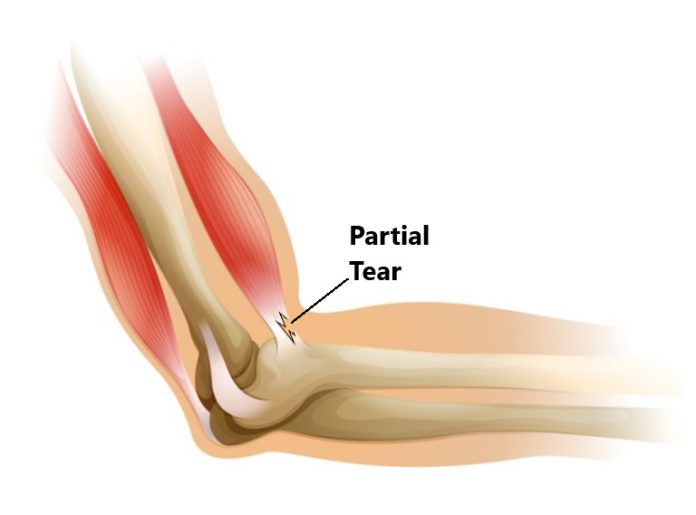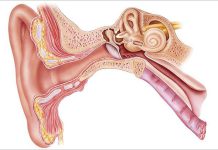4Nids.com – Bicep tendon elbow surgery is performed using the surgical technique of reattachment of the bicep tendon. The surgeon uses multiple screws and devices to reattach the tendon. Recovery is typically three to six months, and patients are usually required to wear a brace for the first few weeks after surgery. After the initial immobilization period, patients are encouraged to begin gentle strengthening exercises. They can expect to resume their normal activities in five to six months.
Tendons play an important role in flexion and supination of the elbow

The biceps tendon attaches to the radius bone, one of two bones in the forearm. The tendon plays a critical role in flexion and supination of the elbow. Supination involves turning the forearm palm down and the elbow upwards. Both of these movements require the bicep tendon. Surgical techniques have several advantages. Here are some of them.
A full bicep tendon rupture will result in loss of strength in the arm. Although it is not completely severe, a partial tear will damage the soft tissue around the tendon but will not cut it. A complete tear will rip the tendon from its bone attachment point. This occurs in the distal biceps tendon. This is the most common type of biceps tear. It pulls the entire muscle toward the shoulder.
Things that are done to restore normal strength in the arm
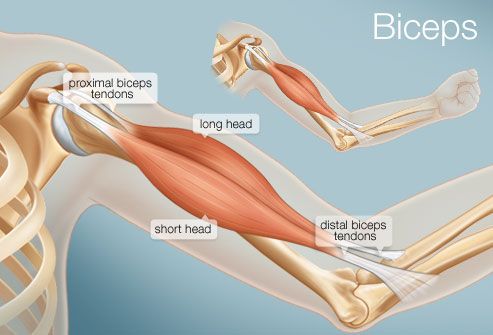
Surgical repair of a ruptured bicep tendon is an option that can be performed to restore normal strength in the arm. The surgeon will use sutures to attach the bicep tendon to the bone, which provides excellent strength to the repair. The skin incision will then be closed. The elbow will be placed in a sling or a range-of-motion brace until the tendon is healed. However, severe tears require a surgical repair, and patients must follow a doctor’s instructions.
Surgical repair of a ruptured bicep tendon is typically required to restore the arm’s function. However, nonsurgical treatment may be recommended if the tendon has been ruptured less than three weeks after the injury. Failure to do so can cause scarring and prevent recovery of full function. Furthermore, patients should consider the risk of scarring after surgery, since delayed treatment may cause the muscles to shorten and scar.
Strength testing may reveal that the patient is having a hard time
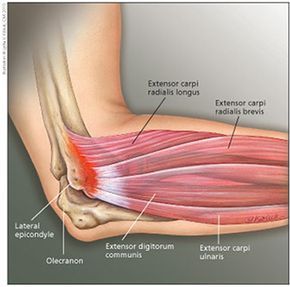
Patients with pain in the elbow and significant bruising may require treatment. An orthopedic surgeon will examine the patient’s arm and determine the range of motion, nerve and artery status, and note any deformities. Oftentimes, the orthopedic surgeon will also palpate the distal bicep tendon, which is known as the “hook sign.” Strength testing may reveal that the patient has difficulty turning their palms up and down.
The most common bicep tendon injury is an acute tear of the distal bicep tendon. This can occur during normal lifting activity. Fortunately, most distal bicep tendon tears are reversible, and modern surgical techniques have greatly improved the outcome. If you are suffering from pain in your bicep tendon, see a doctor right away. You should also have a history of this condition to make an accurate diagnosis.
A full tear requires surgery
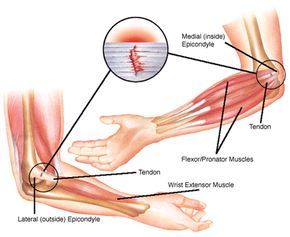
Distal biceps tendon rupture usually produces a popping sound and pain at the front of the elbow. A complete rupture causes swelling and a visible lump near the elbow. You will also be able to feel your biceps balling up at the elbow. It may be difficult to bend your elbow and may cause you to have difficulty lifting your arm. A full tear requires surgery and should be addressed immediately after the injury.
Physical examination of the biceps is essential for accurate diagnosis. A simple hook test is commonly used to determine if the distal biceps tendon has ruptured. If the doctor can hook his finger within a cm of the tendon, it is positive. False positive results are possible when there is a partial tear, laceratus fibrosis, or the underlying brachialis tendon.


